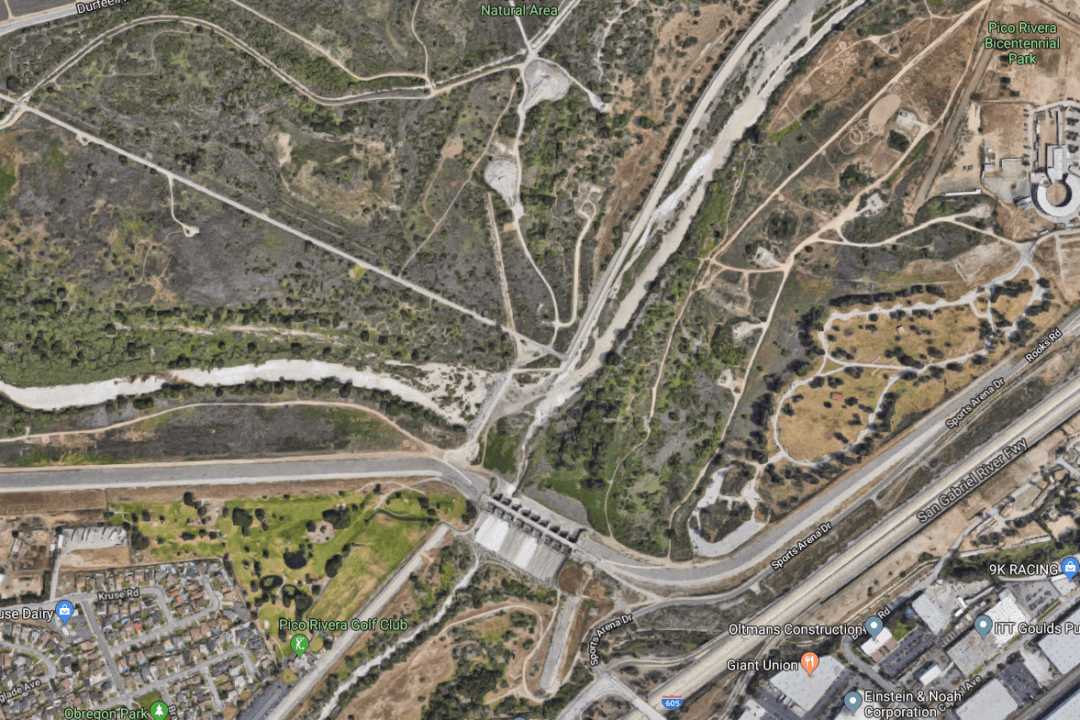Some wastewater treatment plants in California have been releasing excess human sewage into rivers, a water expert stated.
Bob Bishel, who spent years in the water treatment industry, told The Epoch Times: “What happens in all of our rivers, streams, and lakes is they’re dumping the sewage, treated and untreated, into all these bodies of water. And then when they don’t have enough fresh water to wash it out to the ocean, you will have a blue algae outbreak, and that’s on human waste.”




